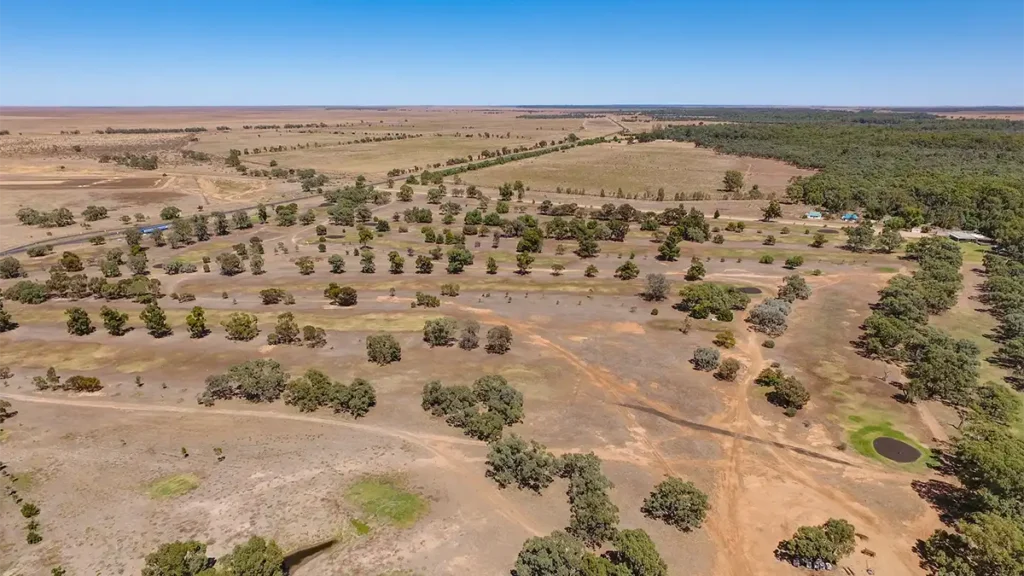The results are in and the data is irrefutable: Distance is king in golf, and there’s no better time to build it than when you’re young.
Left to its own devices, our bodies begin adding muscle in our late teens and through our 20s, then, conversely, begin shedding muscle mass at an increasingly rapid clip starting in our 30s.
It’s why so many cutting-edge coaches have prioritized helping junior golfers stockpile speed while they’re young—knowing the more of it they gain now, the more will last in the long term. The first wave of this speed-first generation of golfers is on full display at the NCAA Championships this week.
Luke Clanton, the World No. 1-ranked amateur who has already earned his PGA Tour card, is perhaps the poster child for the movement.
Clanton’s 123.83 mph clubhead speed average across his five PGA Tour starts is fast enough to rank him ninth on the tour he’ll soon be competing full-time on—two spots ahead of Rory McIlroy. His SG: Off The Tee average across those same events would rank him seventh, and he’s already clocked a 365-yard drive to his name. And he’s done it all weighing in at just 155 lbs.
Earlier this year, I spoke with Clanton’s longtime coach, Golf Digest Best in State Jeff Leishman, to learn more about their speed-building process—and it revealed something interesting.
The Mistake: Only tracking speed with your driver Track speed with your 7-iron, 3-wood and driver
Most of us consider speed training a driver-specific exercise, which makes sense. That’s where we want the speed the most. But Leishman says when you start chasing more speed, track it with three clubs: 7-iron, 3-wood, driver.
The reason, Leishman explains, is because golfers hit down on the ball with their 7-iron, roughly level at the ball with their 3-wood, and slightly up on the ball with their driver.
When golfers only train speed with your driver, their driver swing will becomes too extreme. They begin hitting too up on the ball with all their clubs. Their swing gets longer, too. While this may help them gain speed with their driver in the short term, their iron play and overall consistency will suffer.
“It’s about managing your angle of attack. I’ve seen enough that if somebody goes full driver, they start hitting six degrees up on their driver to maximize speed, and there’s not much connection to what the ball is doing across the bag.”
Leishman continues:
“We had threshold speeds throughout the bag. 100 mph [clubhead speed] with a 7-iron; 112 with a 3-wood; and 120 with a driver, or as fast as it would go. We’re maximizing speed, but within a balanced framework.”
The goal, ultimately, is sustainable speed. Speed-chasing goes sideways when players, and their swings, become too centered around their driver. Speed that’s built through the bag is the kind of speed that lasts, now and in the future.
This article was originally published on golfdigest.com






